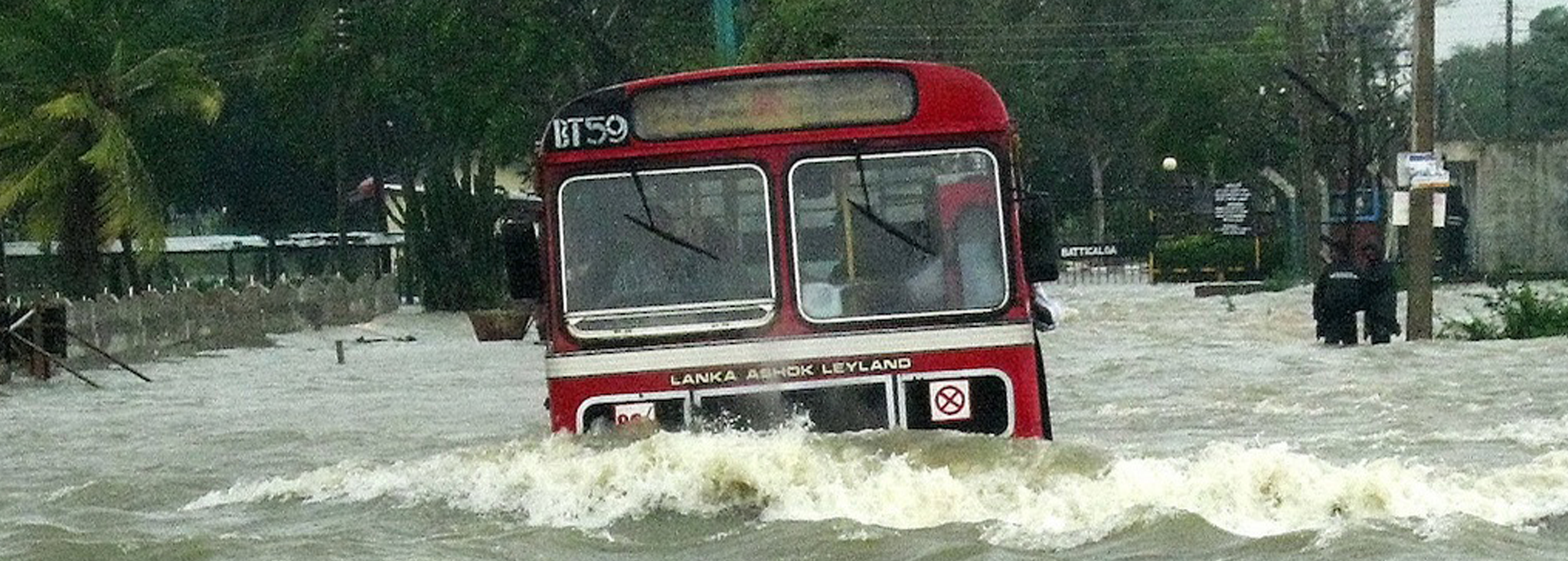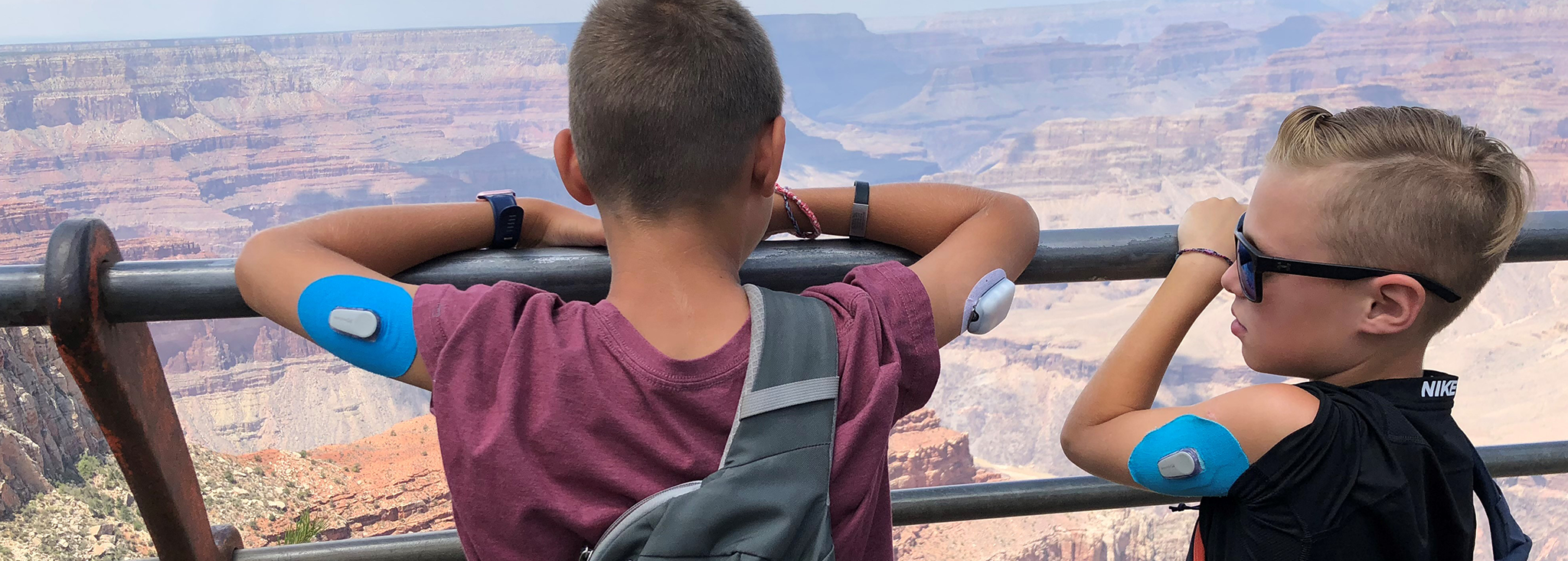T1D Device Malfunctions and What to Do
Written by: Alexi Melvin
3 minute read
January 6, 2017
I remember how my heart began to race, sitting on the six-hour flight from San Francisco to New York, when I got the bright red alert on my pump—“Occlusion alarm!”
I had just switched from insulin pens to the t:slim pump, and I’d been experiencing a multitude of errors. The pump company urged me to stick with it though, and decided that it was most likely site-related errors. But here was a new alarm—one that would not let me continue to deliver insulin at all. I was forced to remove the pump altogether.
Not wanting to do an entire site change on the plane and burnt out from all of the malfunctions I had been experiencing, I whipped out my backup NovoLog pen—incredibly grateful that I had brought it. Ultimately I would learn that the pump itself was faulty, and I continued to use my pens for the duration of my trip.
We all have those worst-case-scenarios in the back of our minds while navigating the type 1 diabetes (T1D) life, but do we really prepare for them as efficiently as we should?
As much as we try to “live in the moment,” the fact remains that technology is not perfect, so we need to take a little extra time to plan and anticipate what might go wrong so that we can stay healthy and balanced in the long run.
Here are some examples of “worst-case-scenario” device malfunctions and how to be prepared for them.
Pump malfunctions
Site insertion error
These are often tricky to identify, as it is usually very difficult to see whether or not the cannula was properly inserted. If you have a lot of lean muscle, for instance, the cannula can jam against your skin and bend. If you are experiencing unusually high blood sugar levels, consider this as a possibility. Make sure you are always stocked with extra site changes and backup insulin pens to get your levels down in the interim!
Occlusion errors / kinked tubing
If you experience a tubing related error, first attempt to straighten your tubing and resume delivery of insulin. If the issue persists, change out your tubing or your site entirely, depending on your doctor or pump company’s advice. Again, be sure to always carry backup supplies!
Faulty pump
Although this is rare, some pumps may be faulty and/or die all together. Carry backup insulin pens with you, or insulin vials and syringes to use until you can get a new pump shipped to you. In addition, most pump companies will give you a backup pump if you claim that you need one for travel-related purposes.
CONTINUOUS GLUCOSE MONITOR (CGM) issues
Sensor insertion or adhesive issue
You might run into a hiccup here and there when inserting your CGM sensor. It may not insert all the way for one reason or another, or the adhesive might not be sticky enough. If either of these things occur, call your CGM company and they should be able to replace the sensor.
Sensor, transmitter, or receiver failure
Occasionally you might get a faulty sensor, transmitter or receiver. If one of them dies, or multiple errors persist—contact your CGM company and they will ship you a new one. If you are low on CGM supplies in the interim, make sure to always have your meter with you and enough test strips so that you can keep track of your numbers the “old fashioned way!”
Phone—“Signal Loss” or other phone malfunctions
Many of us choose to only use our phones as our CGM receiver. Typically this works just fine—but occasionally we all get that mysterious “signal loss.” This may be due to too many Bluetooth devices being “paired” to your phone. Go to your Bluetooth settings and remove as many devices as you can that aren’t currently needed.
Another minor emergency could be if your phone dies completely or if you drop it, etc. In this scenario, going back to the regular receiver might be your best option until your phone is back in business!
Meters
- Always keep extra batteries for your meter, as it is often hard to discern when they are on the outs.
- It is a good idea to keep an extra vial of test strips with you in case you get that rare “bad” batch.
- Keep your meter and test strips out of extreme temperatures if at all possible. Severe heat or cold can result in inaccurate readings.

Author
Alexi Melvin
Alexi Melvin is a freelance journalist, fiction writer and screenwriter based in both NYC and the Bay Area. She was diagnosed with type 1 diabetes in 2003, and has been passionate about raising awareness ever since. Her other passions include film, literature, animals and spiritual healing. Instagram: @alexi_rm
Related Resources

Having type 2 diabetes (T2D) means being prepared—not only for the day-to-day challenges but also,...
Read more

Did you know you don’t necessarily need a prescription to get some diabetes supplies? Whether...
Read more

We’ve all heard it before—it’s important to test our blood sugar to manage type 2...
Read more

